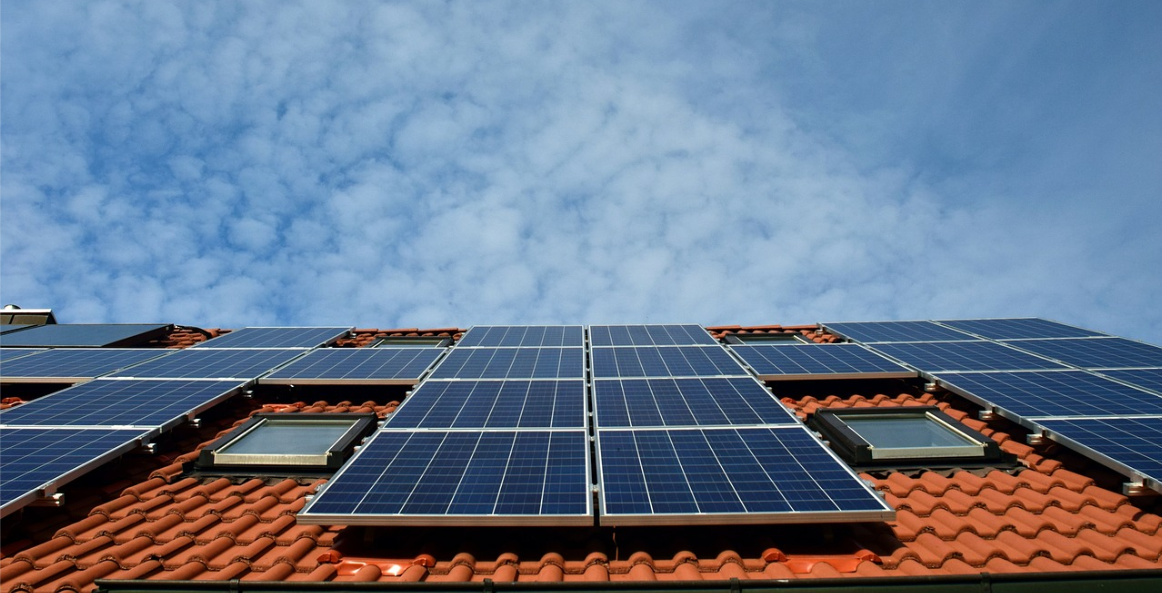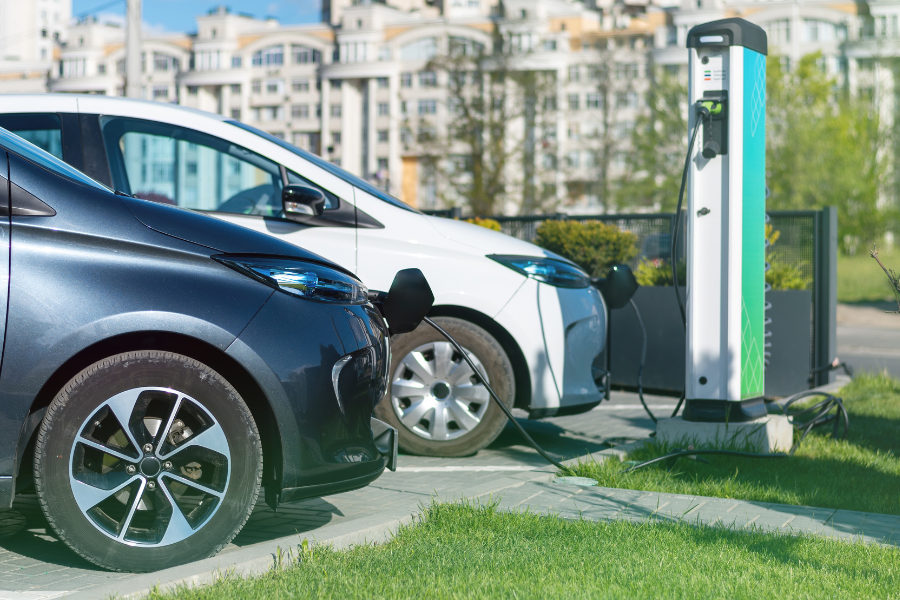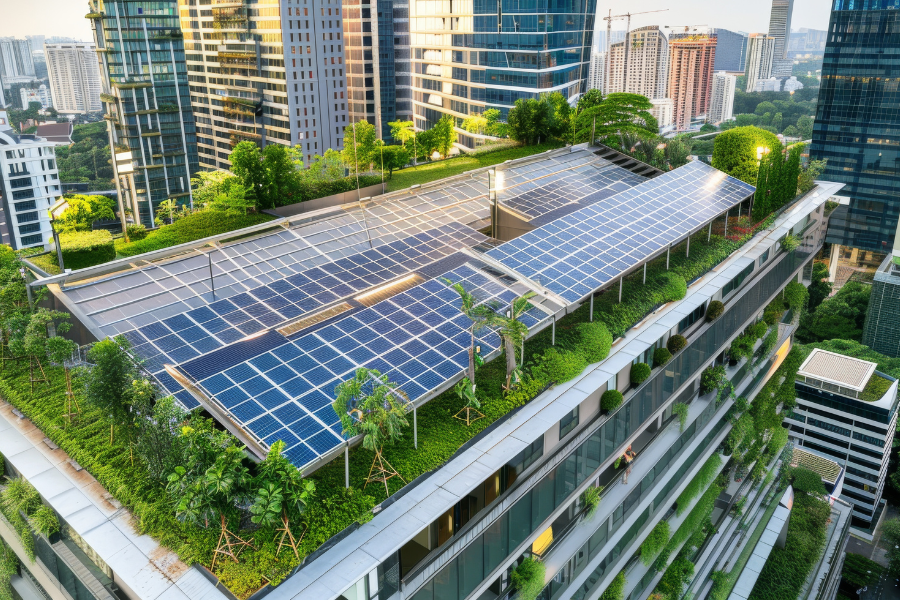Solar cell manufacturing capacity to increase five-fold by 2027
India’s solar cell manufacturing capacity is projected to increase five-fold, reaching 50-55 GW by fiscal year 2027, up from 10 GW at the end of fiscal 2024, driven by government initiatives to reduce imports of cells and modules. The country’s solar module manufacturing capacity had increased to nearly 60 GW by March 2024 from around 7 GW in March 2020.

India’s solar cell manufacturing capacity is projected to reach 50-55 GW by fiscal 2027, a five-fold increase from 10 GW in fiscal 2024, driven by government policies aimed at reducing reliance on imports, according to Crisil Ratings. This expansion will require a capital investment of ₹28,000-30,000 crore, funded through a 70:30 debt-equity mix. Strong balance sheets and cash flows are expected to support credit quality.
Ankit Hakhu, Director, Crisil Ratings stated, “To boost domestic demand and cell making capacity, the government has mandated use of cells only from its approved list of cell manufacturers in open access and net metering projects and projects where it is either providing funding assistance or acting as a counterparty. Among other measures, the Production-Linked Incentive (PLI) scheme and domestic content requirement, too, will invigorate local manufacturing.”
“All these have led to cell capacity expansion announcements of 45-50 GW, which will take India’s overall cell making capacity to ~55 GW over the next two fiscal years,” he added.
Despite the growth, India’s dependence on imported solar cells may rise in the short term due to insufficient domestic supply, the agency noted. The country’s solar module manufacturing capacity surged from 7 GW in 2020 to nearly 60 GW by March 2024, leading to a decline in module imports from 45% to 25% of total consumption. However, cell imports remain high at 80%, with China as the primary supplier.
Crisil estimates that 60-65 GW of solar capacity will be added by fiscal 2027. With greater domestic cell production, India could capture 70-80% of module costs within the country, compared to 40-50% currently. The proportion of domestic module capacity supported by local cell production is expected to increase from under 15% in fiscal 2024 to over 50%.
According to analysts, domestically manufactured cells are currently 80-90% more expensive than imported ones due to higher wafer-to-cell conversion costs, India’s initial lack of economies of scale, and dumping by China. While government schemes like the Production-Linked Incentive (PLI) may help mitigate costs, solar developers could still face higher project expenses, Crisil stated.











Leave a comment